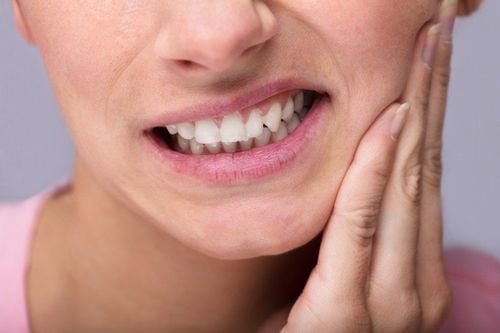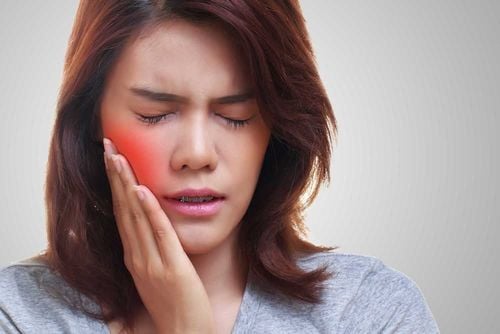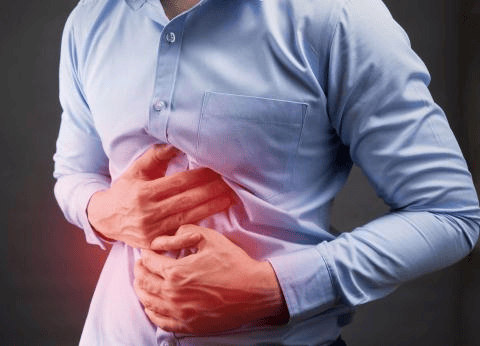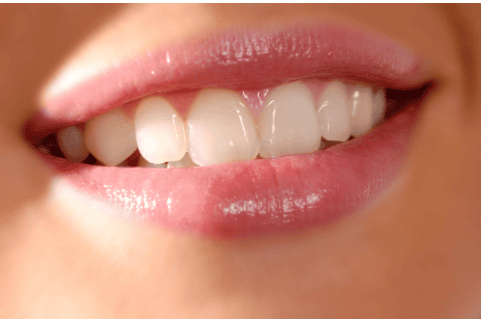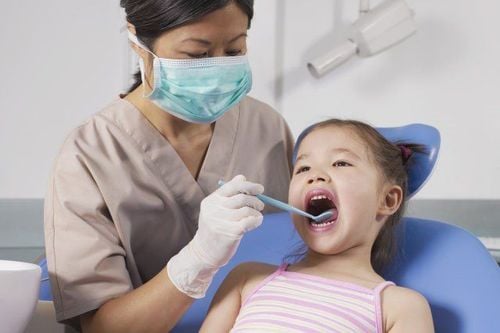This is an automatically translated article.
Flossing is an important oral hygiene habit, helping to remove food particles stuck between teeth, thereby helping to prevent dental plaque as well as the growth of oral bacteria. However, there are many cases of inappropriate use of dental floss leading to bleeding gums as well as not having the best way to floss.1. Understanding flossing
Dental plaque is a film that accumulates on the surface of teeth, causing tooth decay as well as gum-related diseases. If you only brush your teeth, it is not possible to completely clean these dental plaques, but you need to have a reasonable flossing method to be able to get the remaining plaque or food particles in the interdental positions. One of the safest and most recommended dental floss is dental floss. However, it is still necessary to learn information about how to floss so as not to harm teeth and gums.
Dental floss is a thin piece of wire, which can be attached with flavoring to help get small pieces of food in between teeth, preventing tooth decay. Regular brushing alone cannot dislodge the food particles stuck in the gums or between the teeth, which will lead to tooth decay, bad breath and gingivitis. Currently, there are 2 main types of dental floss, which are nylon floss and PTEE floss:
Nylon floss: This thread is divided into two types, waxed and non-wax, with many flavors. whether different. Nylon thread is composed of many nylon fibers, so it can be torn and broken, especially with the interdental spaces where the contact point between the two surrounding teeth is very cramped. PTEE Floss: As a single-stranded floss, it slides more easily between teeth, even in tight spaces, and it doesn't fall apart with use. Both types of thread, if used correctly, will be highly effective in removing plaque and food particles.
2. Flossing bleeding teeth
Improper flossing will lead to bleeding gums. Therefore, it is necessary to follow some basic principles as follows when flossing to floss:
Should floss first and then brush your teeth because flossing only helps dislodge the plaque in between teeth into smaller pieces, then brushing will help remove these debris. So if you brush your teeth first and then floss afterwards, these food particles will still be in your mouth.
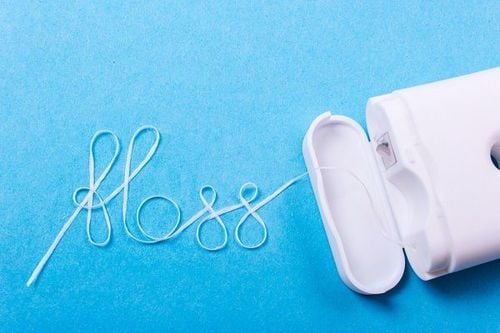
Xỉa răng bị chảy máu, bạn có thể chuyển sang sử dụng chỉ nha khoa
Recommended to floss once a day or more Use floss to slide gently and up and down between teeth to break up food particles stuck here Gently bend the floss around root of the tooth to make sure the thread will go deep under the gum. Never pop and squeeze the floss as it can damage the delicate tissues around the gums. Floss in turn from one tooth to the next. At the end of the cleaning process, move the floss back and forth and up and down to remove it from between the teeth. For people with braces, flossing will be more difficult and takes more time, usually it takes about 10-15 minutes to clean teeth with floss. In this case, you should choose wax floss to limit the situation of only being torn or stuck in the brackets. Or you can use a water flosser to save time compared to conventional dental floss.
3. Conclusion
Flossing with dental floss can help remove bacteria, dental plaque as well as food in hard-to-clean places such as between teeth, thereby reducing the possibility of tooth decay, gingivitis. Besides, regular brushing is also a habit to maintain to protect teeth.
Please dial HOTLINE for more information or register for an appointment HERE. Download MyVinmec app to make appointments faster and to manage your bookings easily.




